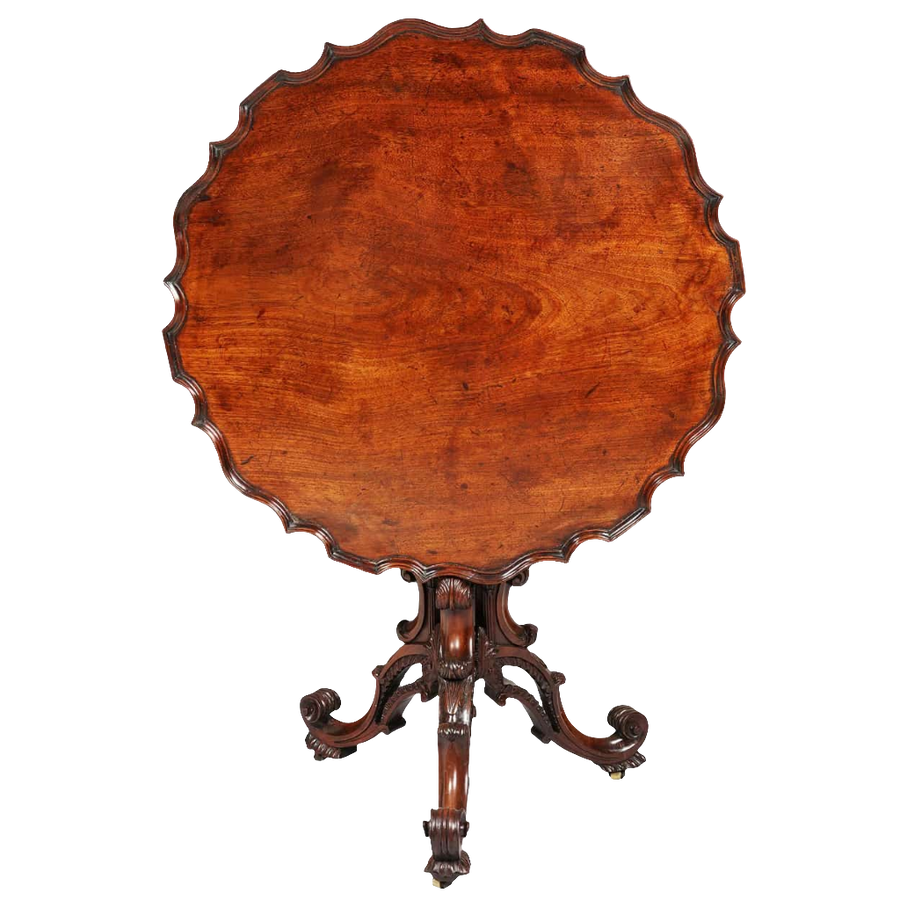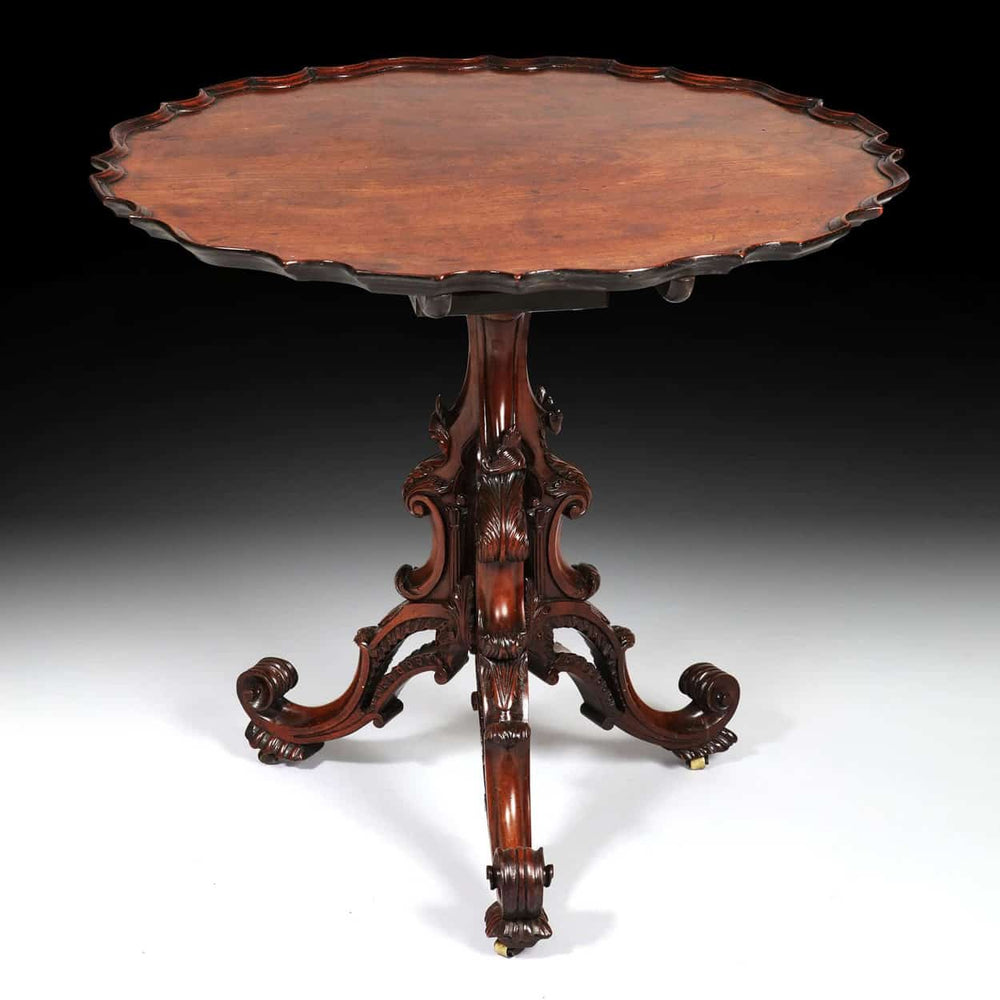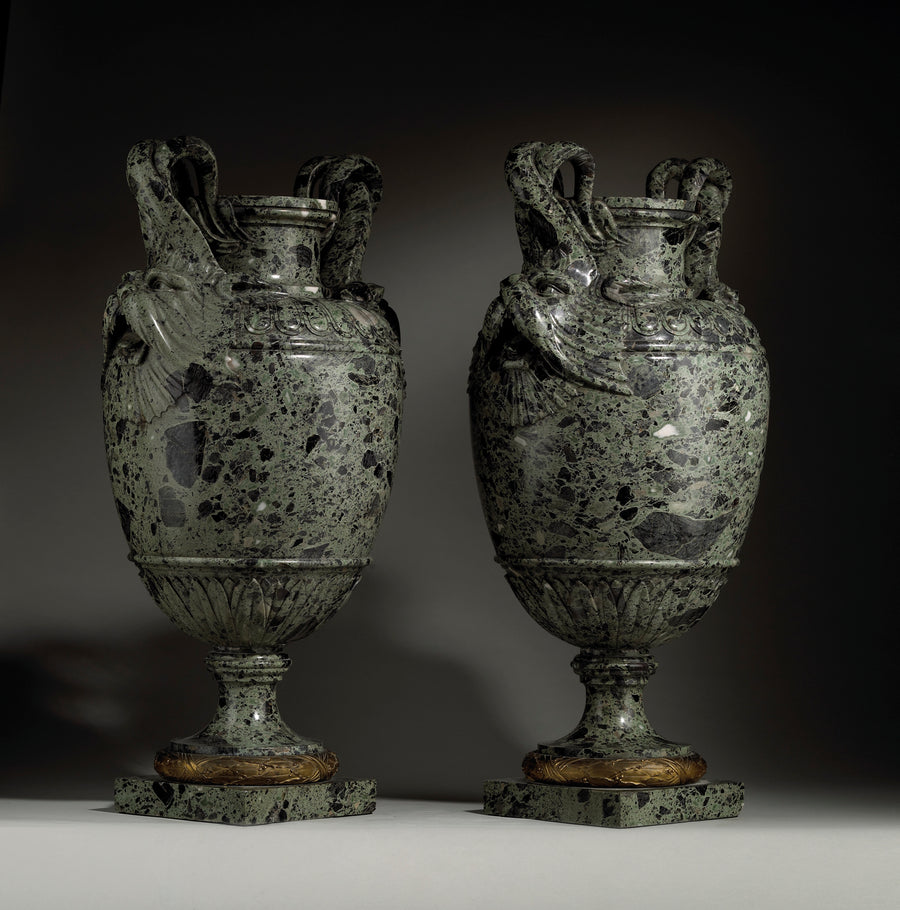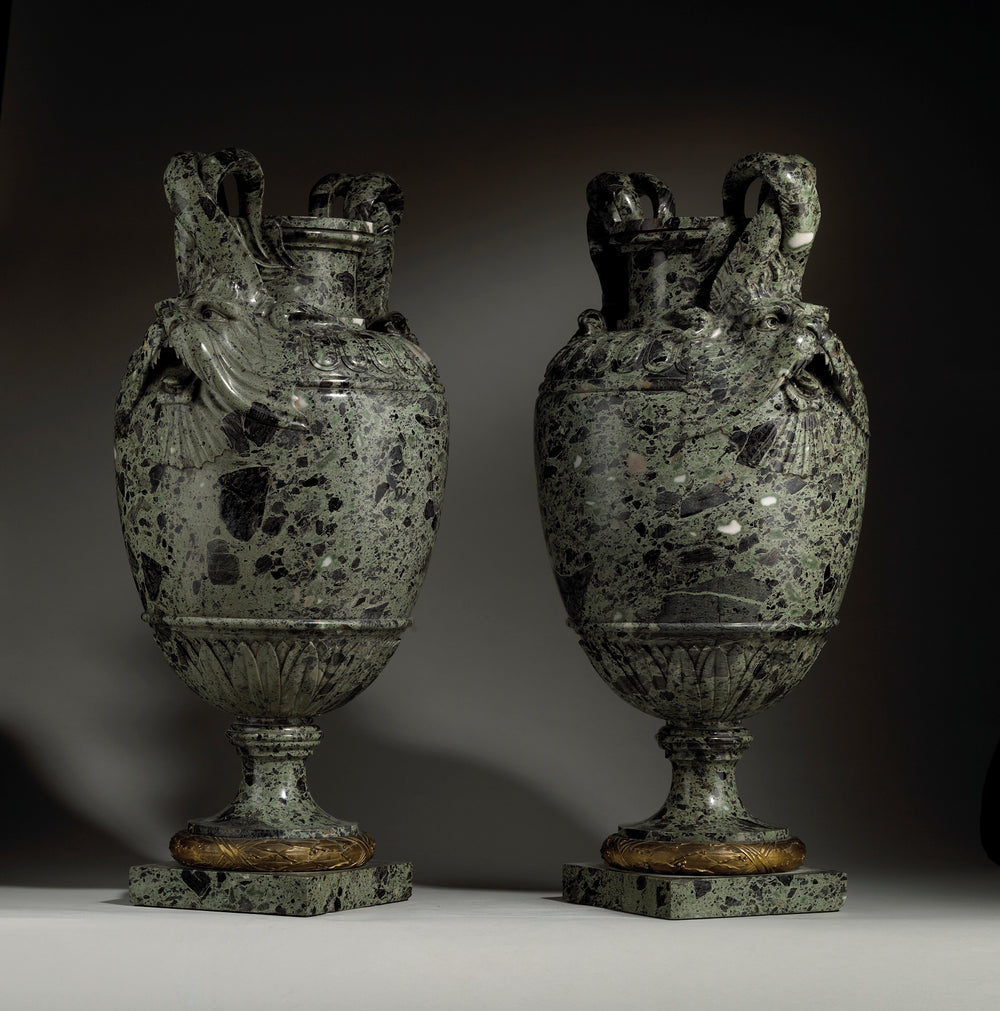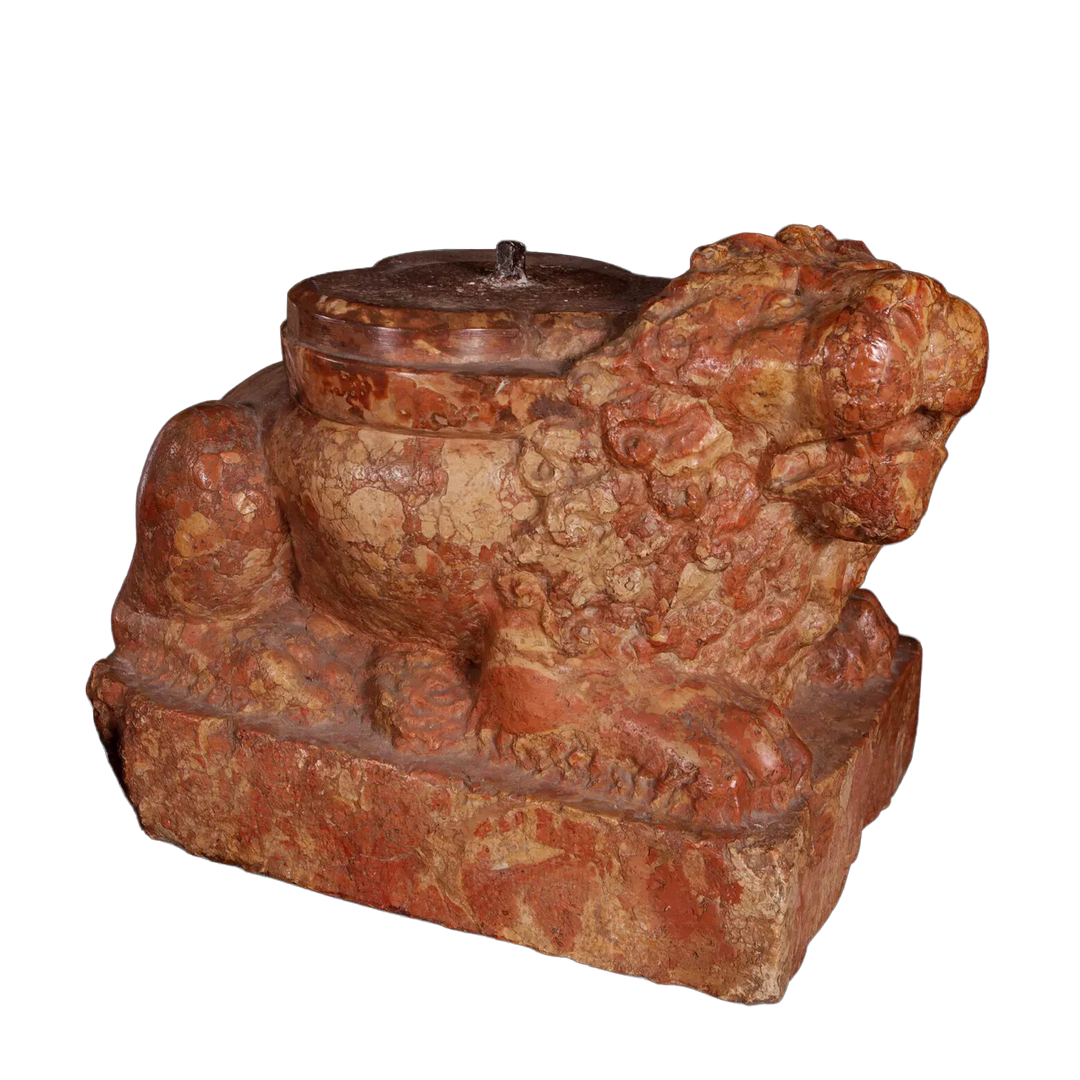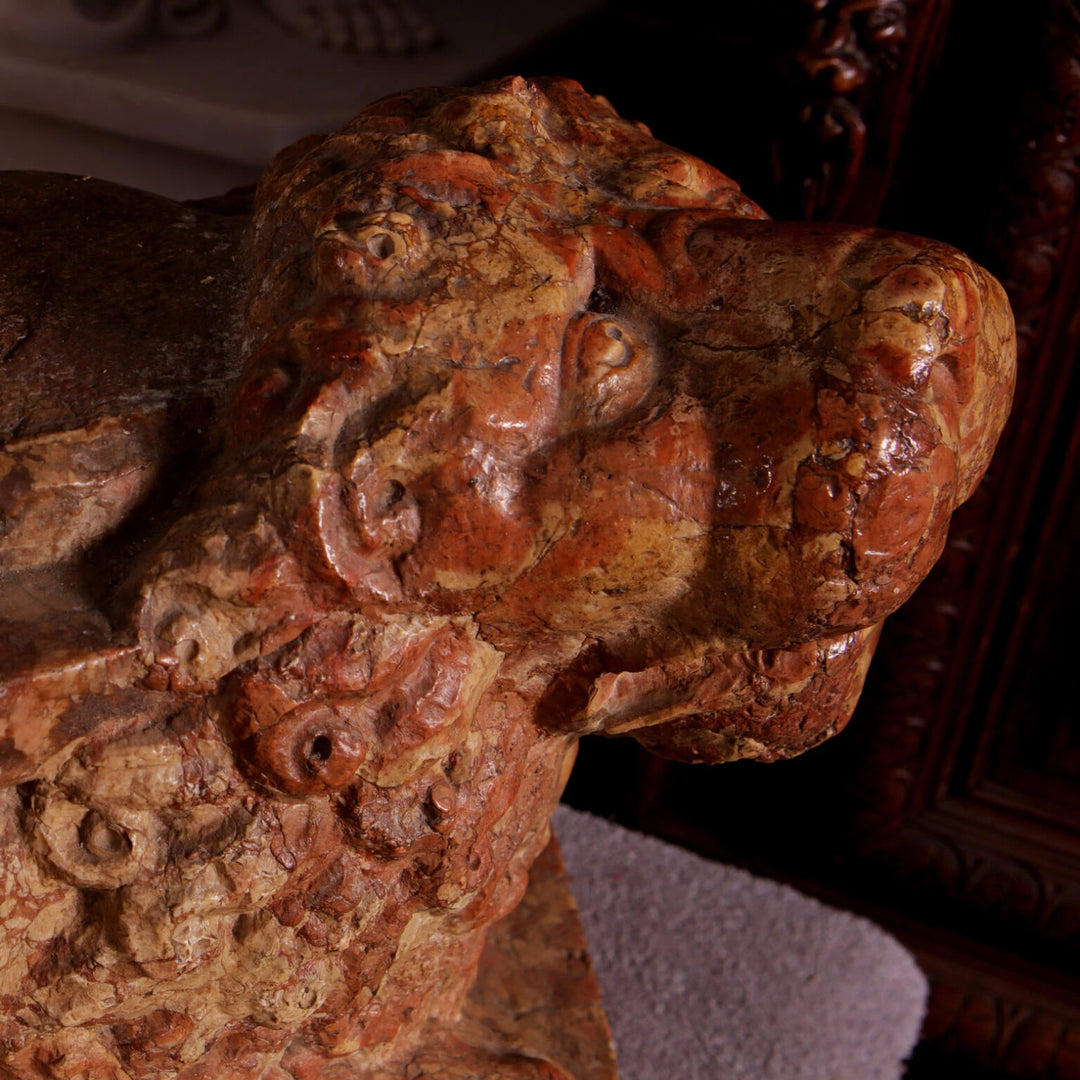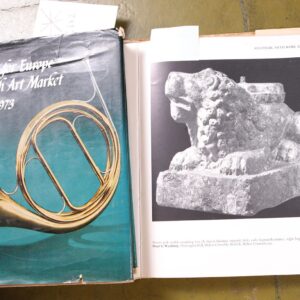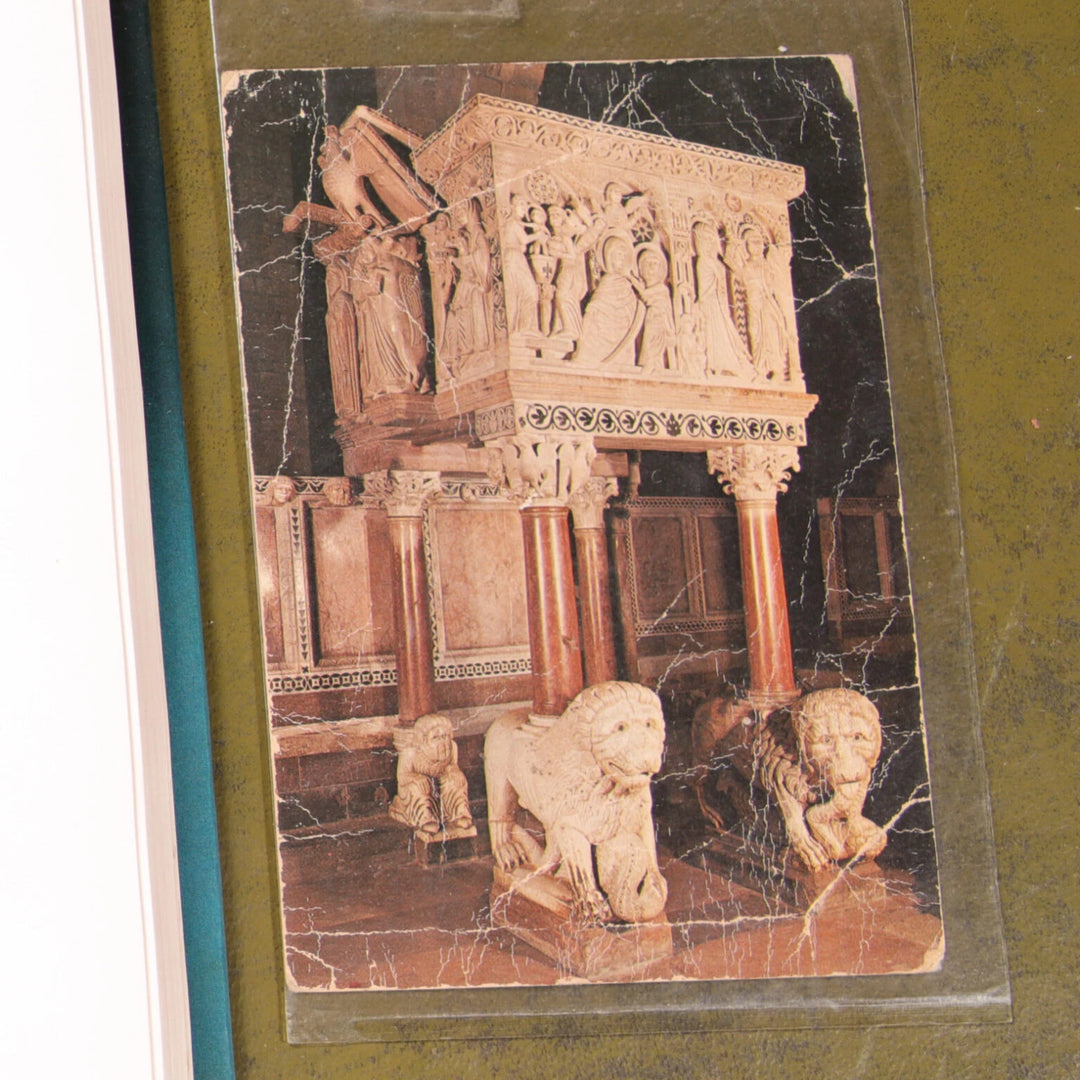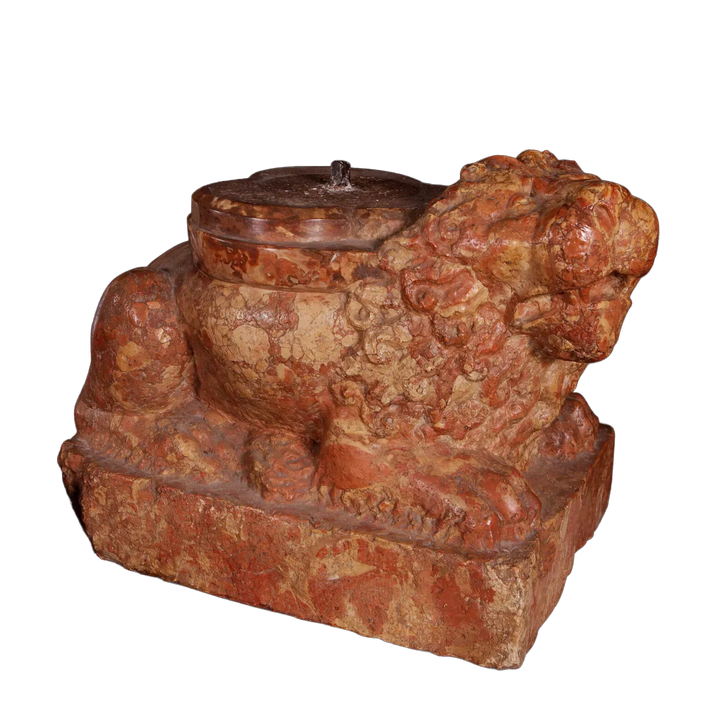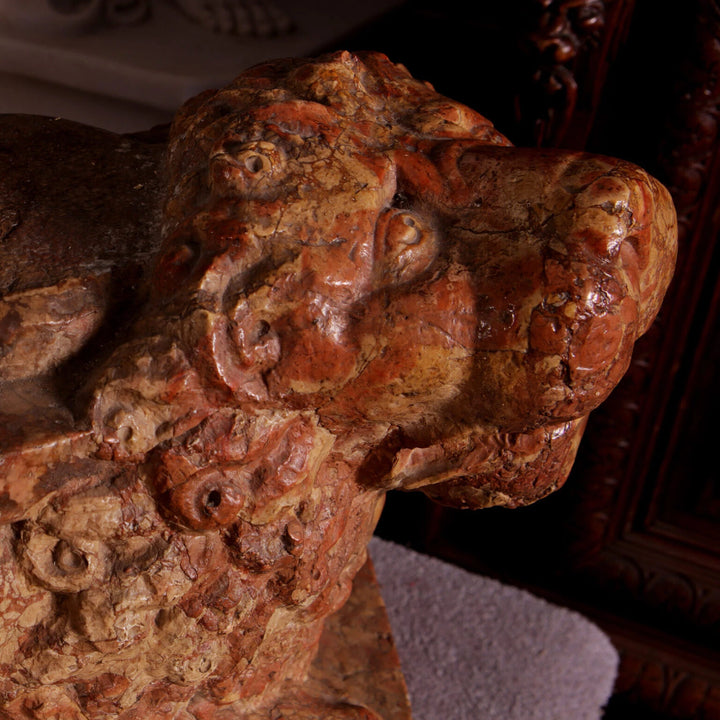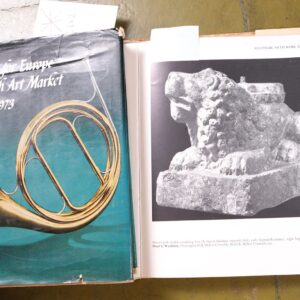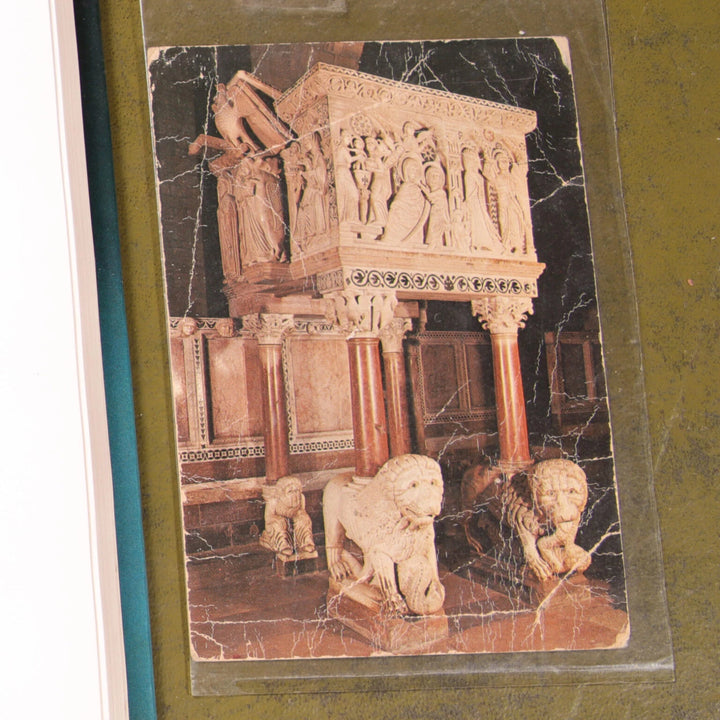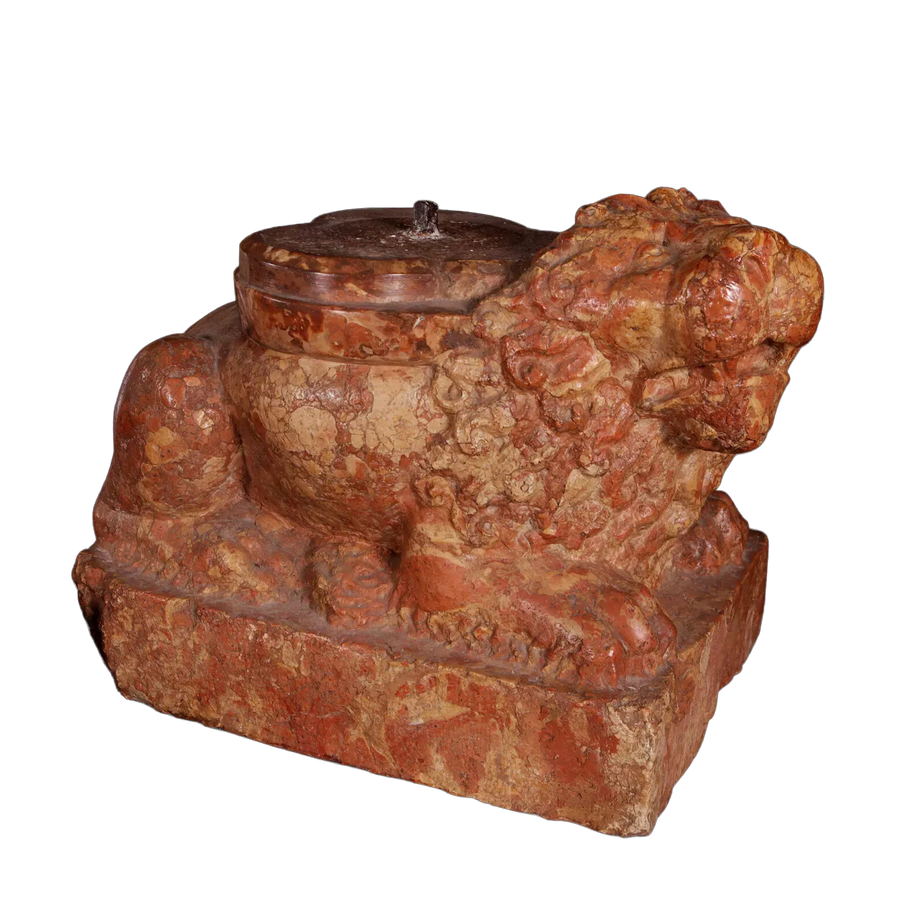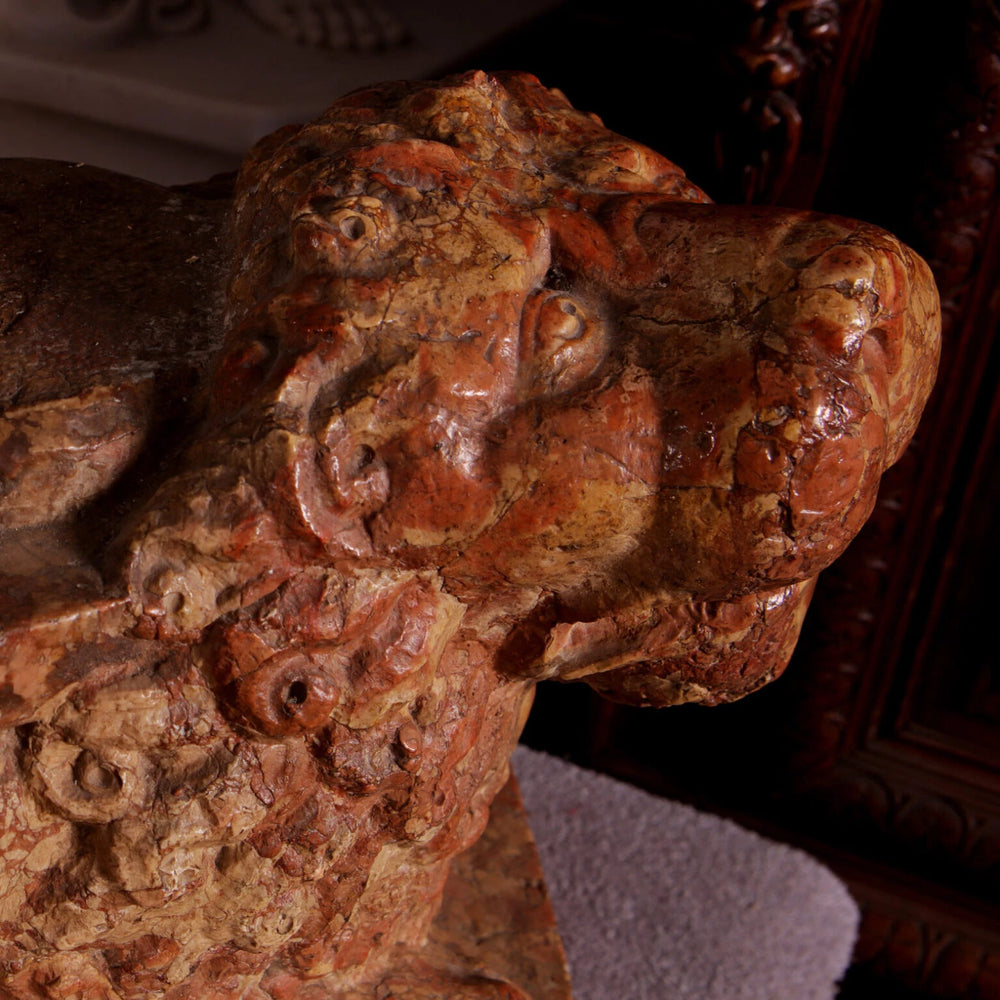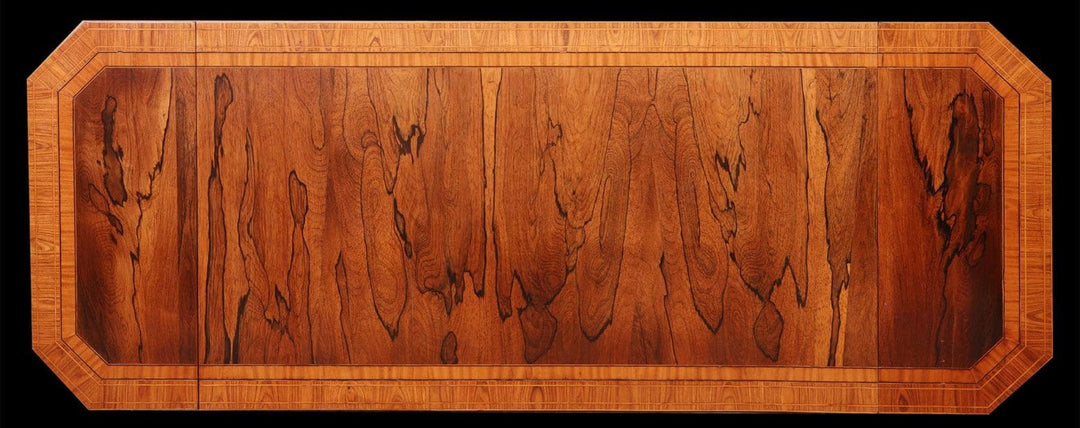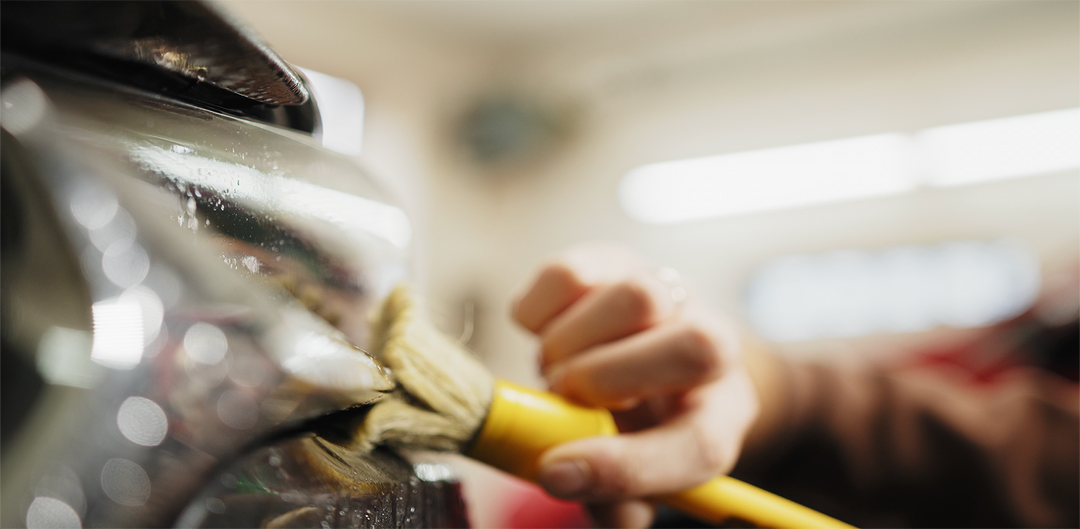Early Renaissance Stylophore Column Bearing Lion
A rare and evocative early Renaissance marble sculpture, this stylophore lion originates from Northern Italy and dates to circa 1400. Carved from striking pink Verona marble, it exemplifies the period’s reverence for symbolic architectural ornamentation and skilled craftsmanship.
Origin: Italy
Date: Circa 1400
Material: Pink Verona marble
Dimensions: Height: 43 cm (17 in), Length: 49.5 cm (19.5 in), Depth: 34.5 cm (13.5 in)
Condition: Excellent patina with minimal wear consistent with age
Stylophore lions such as this were prevalent in medieval and Renaissance Italian architecture, particularly as majestic supports at the base of columns for pulpits or church entrances. The lion motif carries deep biblical resonance, frequently invoked as a symbol of strength and guardianship at the thresholds of sacred spaces. Pieces of this calibre are renowned, with similar examples held in important European cathedral collections and cited in scholarly works on early Renaissance sculpture. Notably, this particular lion was published in “Fanfare for Europe The British Art Market 1973,” underscoring its significance and well-documented provenance.
Notable Features:
- Exquisite carving brings lifelike vigour and presence to the marble, showcasing the artisan’s mastery in rendering both anatomical detail and expressive posture.
- The lion’s powerful form demonstrates early Renaissance sculptors’ growing engagement with naturalism, echoing the symbolic and stylistic trends of the time found in major Italian cathedrals.
- As a distinguished example of a stylophore column-bearing lion, this sculpture stands out for its impressive scale, intact condition, and rare use of pink Verona marble, all contributing to its collecting value.
- This marble sculpture is ideally suited for display in a curated antiques collection, architectural assemblage, or as a statement piece in an interior setting, connecting both to religious heritage and to Renaissance artistry.
This Early Renaissance stylophore lion sculpture encapsulates a moment of transition in Italian art—bridging medieval symbolism with the burgeoning realism of the Renaissance. It is a remarkable opportunity for collectors and institutions to acquire a work that not only exemplifies the period’s craftsmanship, but also serves as a powerful symbol of strength and protection.
At Nicholas Wells Antiques, we take great care in preparing each piece for delivery. As every antique is unique, custom packaging and handling are essential to ensure safe transit. Only once we have checked each item and wax polished them do we aim to ship your order. We will notify you by email once it has been dispatched. Delivery times may vary depending on the item and your location.
Please contact us for a tailored worldwide shipping quote.




